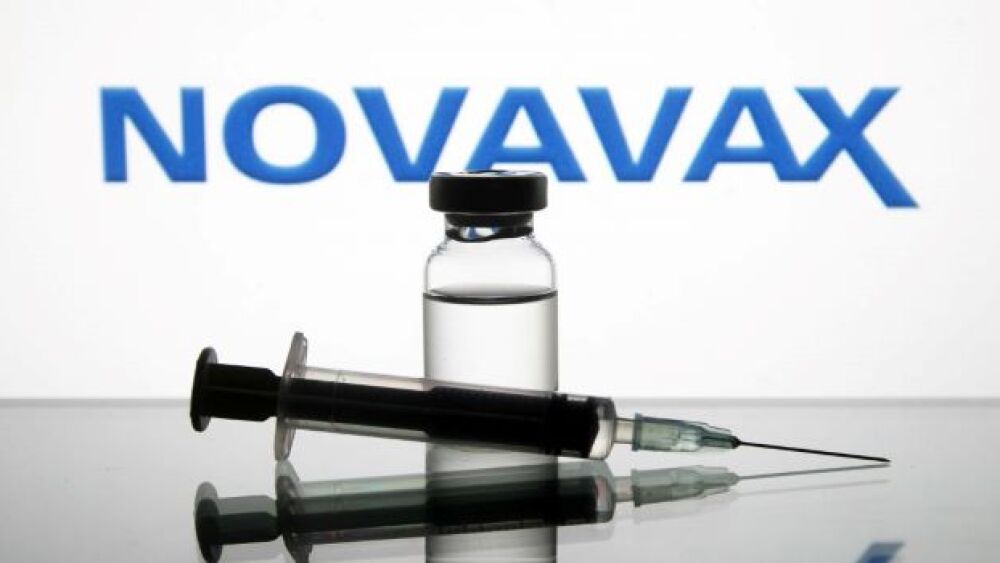December 23, 2014
By Josh Baxt, BioSpace.com News Staff
Stem cells have been the Sisyphus of biomedical research: just when the technology seemed poised to move forward, some barrier rolled it back.
But now there are therapies in clinical trials, and stem cells are also being used to reveal drug toxicity and disease progression. It seems like a good time to get the sector’s pulse, so we asked five experts for their thoughts. Where are stem cells in the process, and where are they going?
Ellen Feigal, MD, Senior Vice President for Research and Development, California Institute for Regenerative Medicine (CIRM)*
Perhaps no organization has a greater interest in seeing stem cells succeed than CIRM. Created by ballot initiative to advance the science, the agency initially focused on basic research but has lately taken a more active role helping companies move therapies into trials.
“We will have ten clinical trials by the end of the year,” says Feigal, including three in cancer.”
Among these trials, CIRM is supporting therapies for heart disease (Capricor), HIV/AIDS (Calimmune), spinal cord injury (Asterias) and diabetes (ViaCyte). That doesn’t even include the therapies that received preclinical support and have now moved into trials for leukemia (Pfizer), spinal cord injury (Neuralstem and Stem Cells, Inc.) and polycythemia vera (Sanofi).
One of CIRM’s goals has been to “derisk” these projects, making them more attractive for investors. While progress has been made, most of these studies are phase I, with a few phase II. And there are still questions to be answered.
“We need to know if these therapies are going to work,” says Feigal. “But even more importantly, will they work better than what we already have?”
Evan Snyder, MD, PhD, Professor, Sanford-Burnham Medical Research Institute
One of the early pioneers in stem cell research, Evan Snyder is gratified that this technology is finally making its way into FDA-approved trials. For him, it’s like watching his kids go off to college; though, at this point, they’d likely be classified as freshmen.
“Cell therapy is growing up, it’s developing into a real industry,” says Snyder. “However, to my knowledge, there are no trials that are true, well-controlled, double-blinded efficacy trials.”
Still, there is progress on many levels. Snyder is encouraged that the regulatory pathway is evolving and hopes reimbursement will eventually follow suit. He is particularly excited about stem cells’ versatility as delivery systems for gene therapy, particularly against cancer; treatments for enzyme deficiencies; therapies for inflammatory conditions of the heart, brain and joints; and fundamental building blocks for personalized medicine.
“We’ve talked about stem cells as things you put into a patient to correct something abnormal,” says Snyder. “But now we’re exploring diseases in a dish to find mechanisms, identify drug targets and find those drugs. The cells don’t go into the patient, but the drugs discovered by using those cells do.”
Anette Breindl, PhD, Senior Editor, BioWorld
For Breindl, stem cells exist in two worlds. On one hand, they’re used quite routinely, in marrow transplants, for example. She notes there are more than 400 clinical trials in mesenchymal stem cells, including several in phase III. On the other hand, pluripotent cells are not quite there.
“People have made progress this year, says Breindl, “but those are early trials.”
Of all the potential uses for pluripotent stem cells, Breindl is particularly encouraged by efforts to create retinal pigment epithelium (RPEs), which support retinal cells and have great therapeutic potential. These cells are being tested for dry macular degeneration, which currently has no treatments.
She also likes efforts to use small molecules to spur the growth of endogenous stem cells, alleviating the need for cell transplants. And though induced pluripotent stem cells are still early in the process, she believes they could ultimately have a major impact in drug screening.
“They have a lot of potential and are already being used in indications where there are currently no drugs,” says Breindl.
Stephen Huhn, MD, CMO, StemCells, Inc.
StemCells, Inc., purifies and transplants adult neural stem cells to treat a number of conditions. Though lacking the versatility of their pluripotent cousins, these cells may have other advantages. For example, they only differentiate into central nervous system cells, such as oligodendrocytes, astrocytes and neurons. Also, once transplanted, they seem to know what to do.
“Neural stem cells are like the architect and contractor combined,” says Huhn. “The cells can interpret the environment and then exert the differentiation profile that’s appropriate to that environment.”
The company is applying this approach to spinal cord injuries, dry macular degeneration and other conditions. They are completing their first spinal cord trial, which is investigating thoracic spine injuries. So far, the cells have been safe and have demonstrated early signs of efficacy.
“Interim data has shown a number of patients with unexpected sensory gains,” says Huhn, “a signal that something is happening biologically.”
Robert Palay, CEO, Cellular Dynamics International
Cellular Dynamics International (CDI) takes a different approach to stem cells. They’re not trying to create treatments; they manufacture highly specific cells from iPS cells to help other organizations do that work: cardiomyocytes, hepatocytes, endothelial cells, astrocytes, neurons.
Many of CDI’s cells are sold to pharma companies to study disease progression. For example, hepatocytes can be used to follow a hepatitis virus and screen for antivirals. But they’re also useful to study toxicity: Does this drug cause arrhythmias in cardiomyocytes?
On the therapeutic side, CDI recently signed a deal with the National Eye Institute to develop RPE cells for dry macular degeneration. Palay is bullish, both for CDI and the sector in general.
“We see growth in two areas,” says Palay. “You can use real human biology to study drugs and other phenomenon. It’s not just pharma companies. Nestle is using these cells to research food and nutrition. The EPA is looking at environmental toxicology. But the real upside is going to be using manufactured human cells to repair and replace tissue - true regenerative medicine.”
*Dr. Feigal is no longer with CIRM








